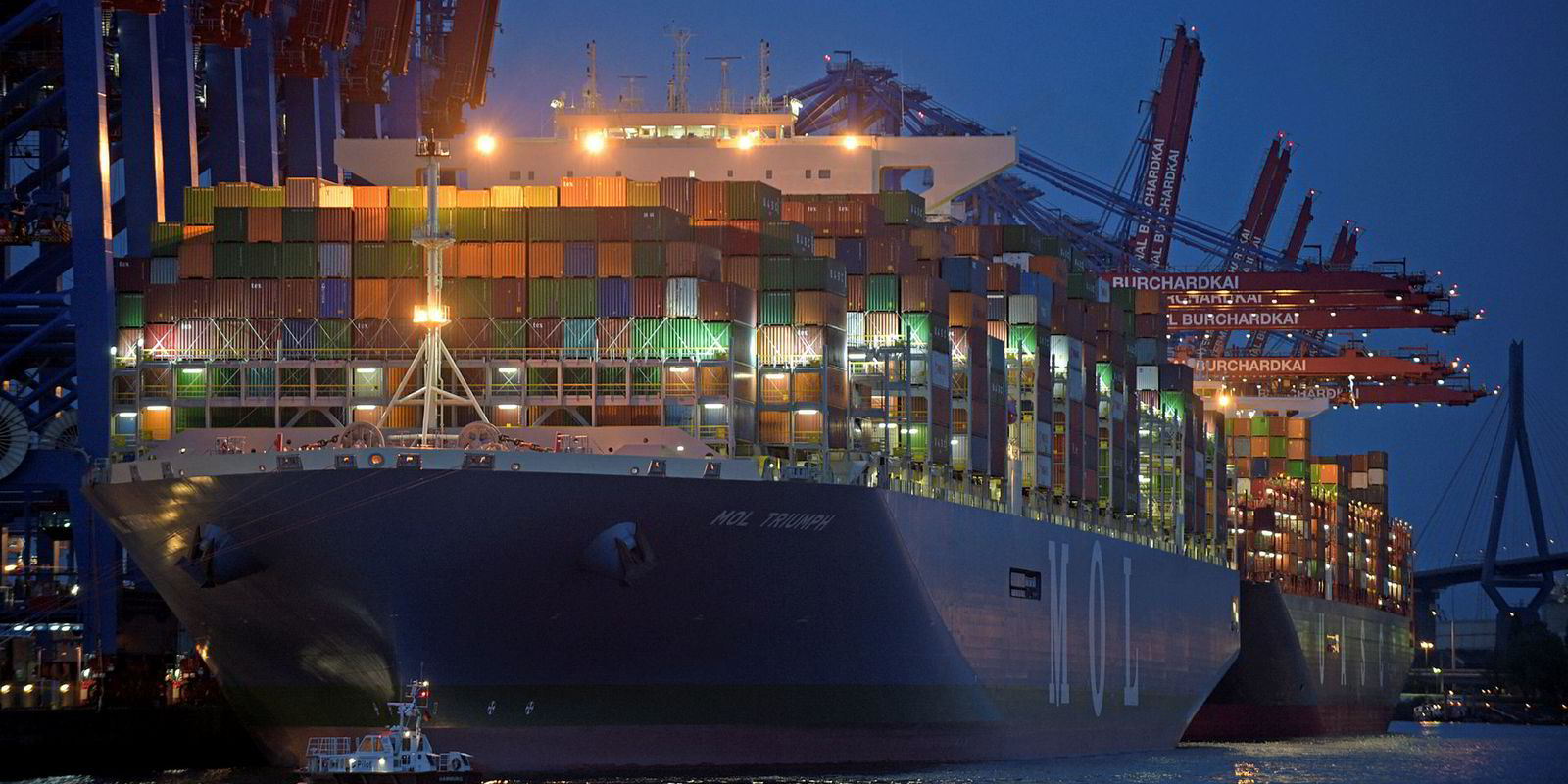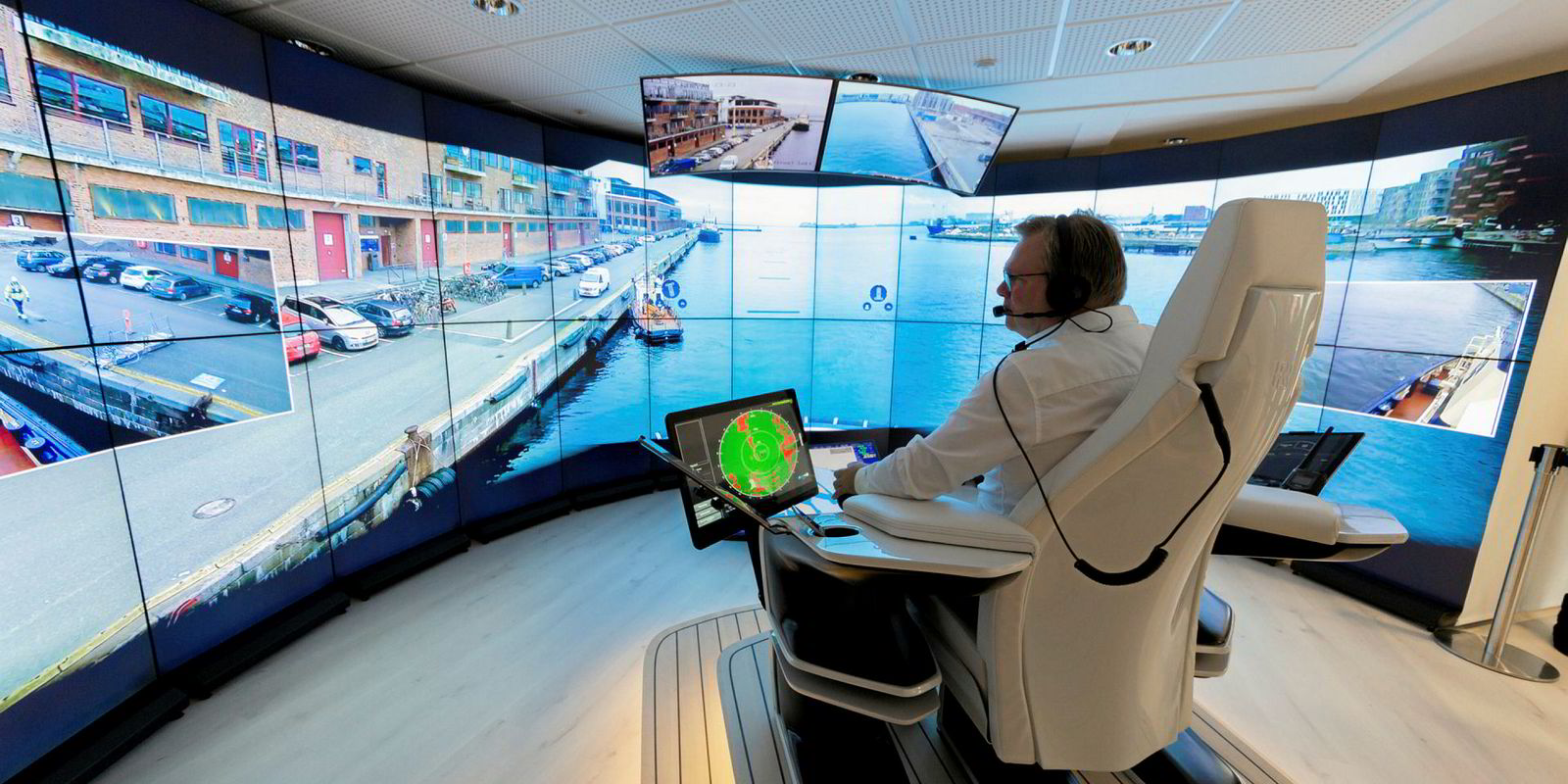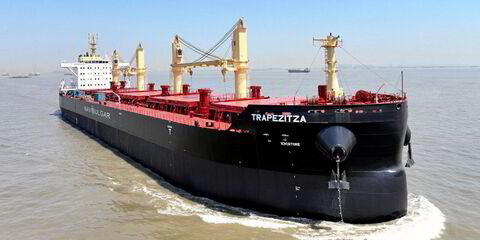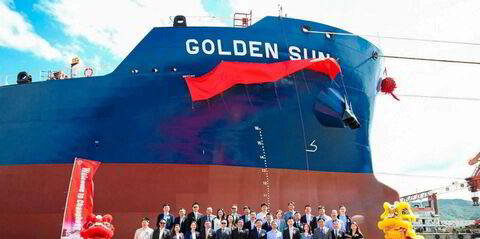Japan’s government is coordinating a comprehensive i-shipping project that is bidding to progress digitalisation in the industry from the design stage right through to ship operations.
The strategy is an attempt to foster a cooperative approach to developing i-shipping that perhaps can only be achieved in Japan, where there is still a substantial shipbuilding industry that traditionally works closely with the country’s main ship operators.
The Japanese maritime i-shipping project is just one of 20 or so multi-industry initiatives promoted by the Shinzo Abe-led government to encourage digitalisation in the country.
Dubbed “i-shipping for a revolution in productivity”, the maritime project promotes digitalisation first at the design stage, then at the production stage at the shipyard and finally through to ship operations.
In an example of how it is working, ship operator MOL — in partnership with Mitsui Engineering & Shipbuilding — was recently awarded funding to help develop a safe and reliable automated berthing system for vessels.
The immediate aim of the digitalisation in ship design is to apply computational fluid dynamics (CFD) to a level of accuracy that does not require further tow-tank testing.
Shinichiro Otsubo, director of Japan's Ministry of Land, Infrastructure, Tourism and Transport (MLIT), is overseeing the project and says the first task is to make sure the efficiency gains developed though CFD can be verified.
“There needs to be an international standard for CFD otherwise it could be easy for yards to fake results, so there needs to be some sort of accountability,” he says.
The idea is to develop the i-shipping project to a stage where data from the remote monitoring of ship performance in real time and in real sea conditions feeds directly back into the design process, where further improvements can be made.
At the construction stage, the aim is to realise a “smart shipyard”, where digitalised operations such as integrated production are realised.
In a country where there is a growing labour shortage in traditional industries, the automation of labour-intensive operations such as welding is critical to the future of shipbuilding.
Yards such as Japan Marine United and Imabari Shipbuilding are now developing automated welding processes that go beyond simple linear welding to more complicated structures and blocks.
In terms of ship operations, the i-shipping project is currently developing external navigational supports for vessels and remote machinery monitoring to maximise efficiency of maintenance.
But a key development has been trialling the use of optical fibre sensors to detect deformation or stress loads on the hull.
Otsubo says it is the first time such technology has been used on a full scale on a ship. He points out that although container weighing is mandated, it is still not accurate enough to determine the distribution of the cargo load across a boxship. That could lead to localised stress overloads on the hull.
He says stress monitoring could stop accidents such as the 8,000-teu MOL Comfort (built 2008) — which broke up in the Indian Ocean in 2013 as the result of stress fractures — from happening again.
“It can lead to much safer navigation because if stress on the hull is detected, then action can be taken like slowing down," Otsubo says. "Theoretically, with this technology, the MOL Comfort [accident] would not have happened.”
He adds that the real-time data produced by the stress monitoring can again be fed back to the design stage to determine if there is scope to build even lighter ships to improve fuel efficiency and whether reduced emissions can be achieved.







